I’ve created a sort of generic list for those who are new into PBL with your kids. Look it over carefully. Of course you may choose to add specialty items, depending upon what you have going in your class, but this is a good, all-purpose list.
Incidentally, you may choose to keep some items in a special toolbox at your desk for safety, depending upon the age and experience of the students. But I also think that a healthy dose of safety lessons and smart thinking can go a long way. But then again, lessons from a kid’s hand with 21 stitches across the palm also go a long way–to the unemployment line.
You make your own professional judgement with some of these tools:
Consumables
Keep a refrigerator box full of recyclables: butter tubs, toilet paper and paper towel rolls, milk jugs, small scraps of wood (cedar shims and/or lathe are great and inexpensive options), styrofoam, newsprint, clay, buttons, crafty goods, two-liter soda bottles, etc.
You can never have enough “craft supplies” from various garage sales and sales at your local crafting stores. Keep collecting throughout the year and get yourself a great organizer shelf for the smaller items.
Handtools
hammers (claw, ballpeen, tack), phillips and standard screwdrivers (also precision screwdrivers), SAE wrenches, box cutters (special toolbox), hacksaw, cross cut saw, mallet, power drill, various sized bits (special toolbox), tape measures (10′ and 50′ — the 50′ stays in your special toolbox), pliers (standard, needle-nose, vise grips), wire-strippers, wire cutters (dikes), clamps, a variety of sand paper grit, safety goggles.
Fasteners
household screws, nails (finishing and otherwise), hot glue (special toolbox, depending on age), wood glue, JB Weld (special TB), super glue (special TB)
duct tape, packing tape, blue painter’s tape, masking tape, electric tape, scotch tape
Extras
cardboard, poster board, foam core, fabric remnants, thread, needles, wire, fairy lights (xmas lights)
As I compiled this list, I was surprised that my PBL classroom supplies were suspiciously similar, identical, in fact, to my MakerSpace supplies.
So how do I gather all this stuff?
That’s a great question. At the beginning of the year or around the holidays, I shared a Google Doc list of things I’d like to have for my classroom. Parents and grandparents were usually very glad to help out. Some had to quiz me on my workshop safety measures and I can appreciate that. :)
I usually asked parents to donate what they could and over the period of a year or so, we got a pretty solid supply room — and by “room” I mean “toolbox” and “refrigerator box.” The recyclables are usually filled by a couple dedicated parents. HINT from my science teacher: Be sure the supplies are well-cleaned first, or they start to stink. Blech.
The hand tools I asked for from families who might have a few extras lying around. And I always kept an eye on the big box stores around Christmas and Father’s Day. They always have very inexpensive kits for sale. And while the cheap sets break more easily (a true safety issues), the kids are usually going to break the tools first because of misuse or accidents like dropping or losing them. So I have one nice thing that goes into my special toolbox that only I use. And the kids get the ‘beginner level’ tools.
Finally, garage sales are great places for crafty supplies. I loved it when an older crafter was hanging up her apron. I swooped in, based on inside information from parents. I sometimes had parents pick up goodies for us and I paid them back later. Also, the fabric remnant bin at your local fabric department is a great place to pick up odds and ends for a buck or two. You don’t need to have a project in mind. Kids can get creative or get their own supplies. Most choose to get creative!
You can’t get this all together by this fall? What’s the bare bones list?
I’m glad you asked. To start, you really do want to have the following items:
- a couple hammers and finish nails
- screwdrivers, Phillips and standard
- box cutters
- safety goggles
- hot glue
- duct tape and packing tape
- cardboard
- fabric
Is there something I missed?
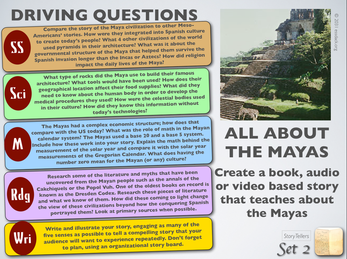
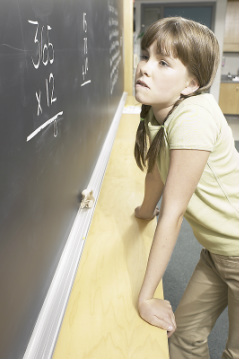
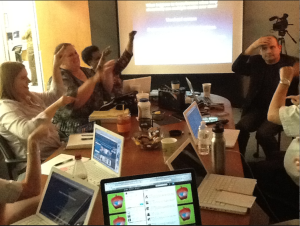
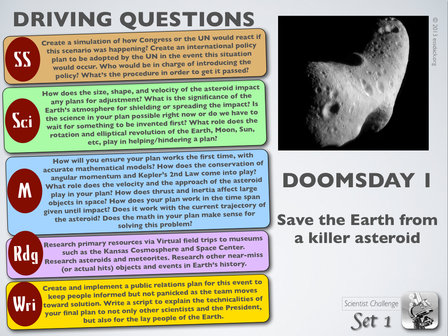
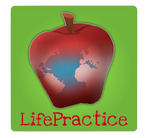

 RSS Feed
RSS Feed
